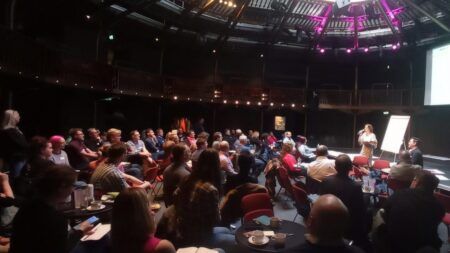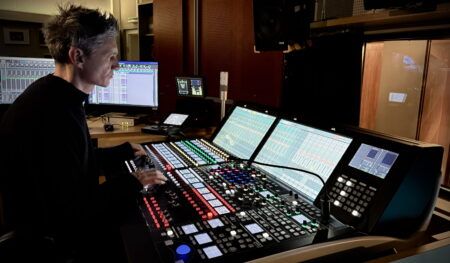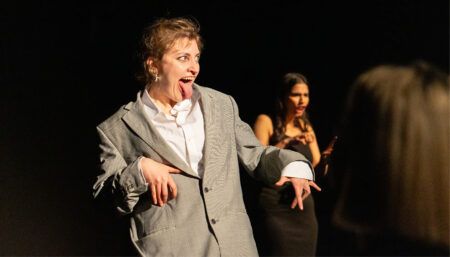Spatial audio specialist Sonosphere took part in a special event in March 2022. More than 20 artists played together from three UK music venues (Metropolis Studios, the O2 Blueroom at The O2 and Brighton Dome), making use of 5G technology.
Over the past two years, Sonosphere has been working with eight other organisations – Audiotonix, Brighton Dome & Brighton Festival, LiveFrom, Mativision, Metropolis Studios, Virgin Media O2 and Warner Music Group. They worked collectively with Digital Catapult, the UK authority on advanced digital technology, to explore the potential of 5G for the live music industry and provide a blueprint for how technology could play a key role in the future of the sector as part of the wider £200m DCMS 5G Testbeds & Trials Programme.
The festival showcased the technical achievements made during the project and demonstrated the potential role advanced digital technologies could play in the future.

Headliners included singer-songwriter Newton Faulkner and alt folk band Memorial, both playing in Brighton Dome’s Concert Hall to an in-person audience. BRIT Award-nominee Lola Young, and Natalie Lindi, part of the MOBO Unsung Class of 2021, performed live in the O2 Blueroom at The O2. They were joined by backing vocals, drums and keyboard from Brighton Dome, and guitar and percussion live from Metropolis Studios in West London. Rock duo Pearl Harts gave a stand-alone performance at Metropolis Studios, which was livestreamed to the other venues as part of the hybrid festival experience.
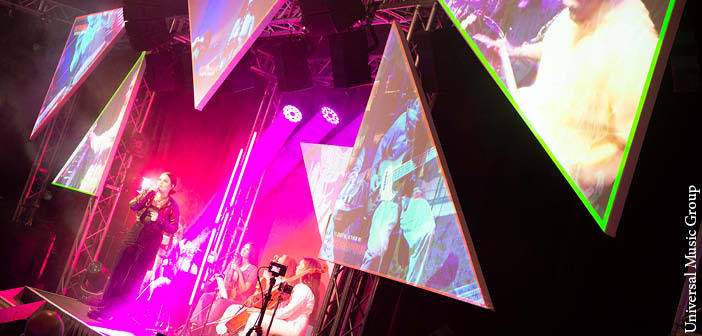
Sonosphere was responsible for leading all the trials for the project, headed up by renowned monitor engineer, Andy ‘Baggy’ Robinson. Over the course of the project, tests were carried out to see how much latency three musicians in remote spaces could tolerate. Those results became the benchmark for further trials and ultimately the showcase. Duncan Bell, who joined Sonosphere as a director in October 2021, managed the Sonosphere team in the lead-up to the showcase.
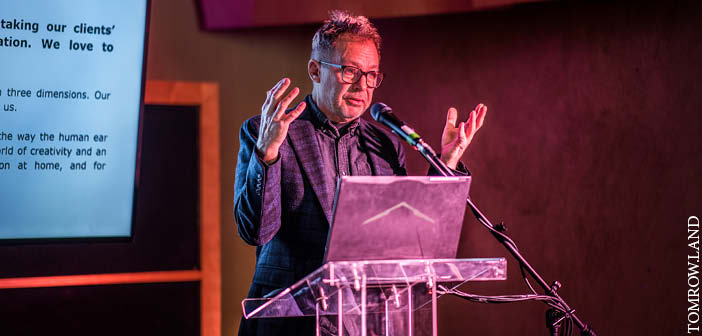
“This is one of the most exciting projects I have ever been fortunate enough to have taken part in,” said Sonosphere director, Jamie Gosney. “In June 2021, we had six musicians playing across three venues. Standing in the middle of the Concert Hall at Brighton Dome and hearing these musicians, who were 60 miles apart, play together like they were in the same room was a very moving experience and one I will never forget.”
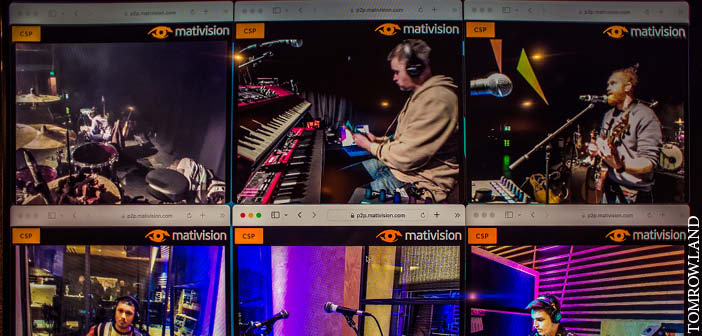
For the showcase itself, Sonosphere created a 7.1 mix for the in-venue stream in the Founders Room at Brighton Dome, whilst DiGiCo Quantum 338 mixing consoles in Brighton Dome Concert Hall and the O2 Blueroom at The O2 received all the live feeds, 200 channels in all, and a binaural feed was created for the livestream for people watching on their mobile devices at home. Sonosphere also supplied a binaural stream (delivered via Shure in-ears and headphones, generously facilitated by Shure) for a 5G-equipped electric bus, which travelled from Metropolis Studios to The O2 the previous day.
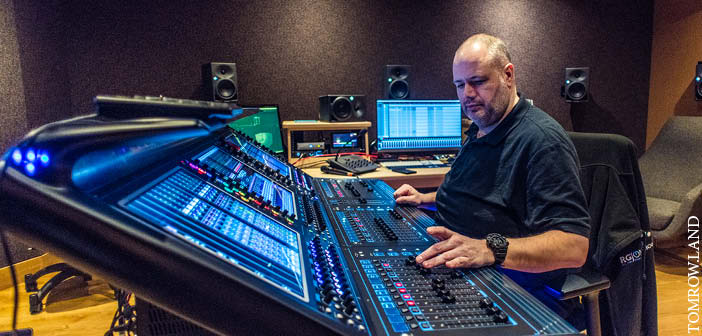
Sonosphere’s senior mix engineer, Phil Wright, was responsible the livestream audio, taking 200 channels of audio from the 21 musicians spread across the three venues into Sonosphere’s 3D studio at Metropolis Studios, mixing and spatialising the audio in the studio and then sending it back out to people watching the livestreams and for the remote venue streams.
Sonosphere worked closely with d&b audiotechnik to design live immersive audio systems for Brighton Dome Concert Hall, the Founders Room and the O2 Blueroom at The O2. Jack Page of d&b oversaw the Soundscape mix for the Concert Hall, while Sonosphere’s Pete Fletcher was responsible for the remote sound at Metropolis Studios, with Colin Walker working across all three venues and on the bus.
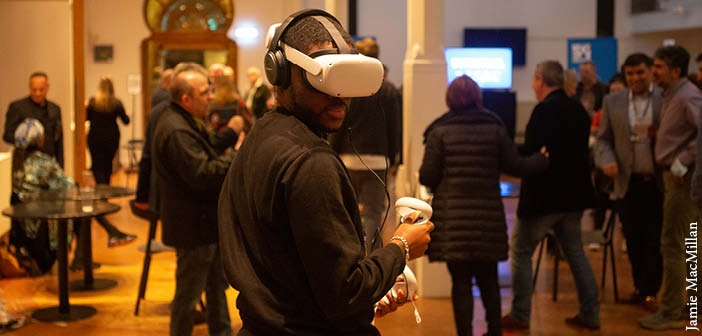
“At the beginning of the project, we weren’t sure this could be done; people had tried in the past with unacceptable levels of latency,” said Sonosphere’s Gosney. “However, working with Audiotonix, who brought their incredible audio networking skills to the fore, along with 5G experts at Digital Catapult, we finally got the latency down to an 8ms round trip from venue to venue. That’s quite astonishing! I believe, as a team, we have achieved something truly ground-breaking and potentially world changing. I am so proud that Sonosphere has played a significant part in this amazing project.”
As this chapter of the project drew to a close, Sonosphere commented that it was still in daily contact with the rest of the technical partners from the project and was set to build on what they had achieved to create a viable product to connect artists and audiences around the world.



